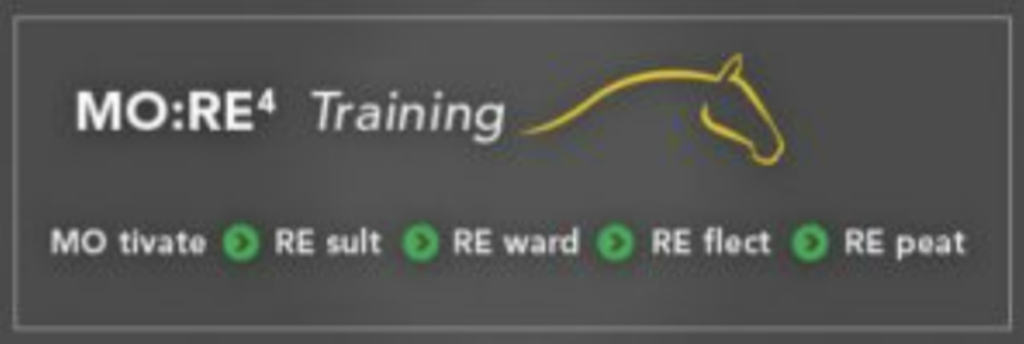We all know that timing and feel are incredibly important in our horsemanship. But what do we mean by timing and feel? Do we really understand the terms, and are we self-aware enough to know when we get them right or wrong?
What are timing and feel?
Timing and feel have a symbiotic relationship; they can’t work without the other. Feel informs you of your horse’s movement, tensions and emotional state. Feel gives you an indication of what your horse may do next. Feel allows you to respond to your horse’s “tries”. Feel gives you the knowledge of how much energy to put into your cues.
Timing is the time it takes the rider to respond to a horse’s movement. Timing also describes when the rider gives a cue in relation to the horse’s movement.
Why are timing and feel so important?
Great feel allows a rider to be as sympathetic to the horse as possible, whilst achieving the desired movements from the horse. Great timing gives the rider’s aids clarity and gives the horse the best chance of understanding and learning.
One of the clearest ways to see timing and feel in action is when we watch a rider putting a horse over an obstacle. There are many examples of negotiating obstacles within Your Horsemanship, where you can see riders developing their timing and feel and how it helps their horse understand what is being asked of them.
In this short clip, I am riding a 3yo colt over a ditch. Watch my legs and hands closely to see when I squeeze, when I move my hands to the left or right, and when I put my hands forward. How do they correlate to the horse’s movements?
Hopefully you’ve come to the conclusion that when the horse moves forward, I stop asking and I give with my hands! Let’s go through it in more detail;
Did my feel inform me of my horse’s movement? Yes, I gave my cues for forward when my horse was stepping backwards or planting, and stopped my cues when he stepped forward.
Did my feel inform me of my horse’s tensions and emotional state? I didn’t just ask or stop a cue when I felt a step forwards or backwards. I could feel when he was thinking backwards and forwards through subtle shifts and tensions in his body, his lifting or lowering of his head, flicking of ears and where he was looking.
Did my feel inform me of how much energy to put into my cues? I could feel that he was curious about the ditch and that he wasn’t too worried by it. Therefore, I didn’t need to put much energy into my rein cues to keep him straight, or my leg aids to keep him thinking and moving forward. As he didn’t get into an adrenalised state, I didn’t need to give him as much reflection time as I would with a horse that was very worried about the ditch.
Was my timing quick enough? Not to blow my own trumpet (!), but I think my timing was quick enough when responding to the horse’s movements in order for him to understand when he gave the correct response (i.e. go forwards).
Did I start and stop my cues at the right time? I put the cues on when the horse was stepping or thinking backwards, and I took them off as soon as I got the desired response. If anything, I could have given a little more reflection time, but as explained above, I was confident that he wasn’t getting stressed about the situation.
Although we have used an example of going over a ditch, we are constantly putting out timing and feel into action. It is worth referring back to my MO:RE4 method of training;

Whether we are handling them on the ground, or if we are riding them, we are always motivating our horses to get desired results. The more self aware we are, and the more we check in with our timing and feel, the happier and more responsive our horse will be.